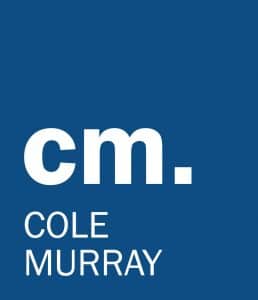Think you know all you need to know about KiwiSaver? Or is a KiwiSaver myth keeping you from maximising your retirement savings?
There are many misconceptions about the scheme, and the advantages and disadvantages of being a member. Here, we debunk five of the common myths we hear.
1. I can only join KiwiSaver if I am a PAYE employee
Sure, being a contributing member is pretty straightforward when you are a PAYE employee, as your employer makes the deductions and pays them to IRD. However, even if you are self-employed or on a benefit, you can still join and contribute to KiwiSaver. You will just need to decide how much you want to contribute and then make the payments manually (or by automatic payment) yourself.
And another tip – by putting in at least $1,042.86 each year between 1 July and 30 June, you will get an extra $521 from the Government, by way of member tax credit. Yes, every year, and it’s literally free money.
2. Retirement is ages away: there’s no point having KiwiSaver until I am older
There’s no such thing as being ‘too young to save for retirement.’ In fact, the earlier you start saving, the more money you will likely have in retirement – by far. Starting now means you will need to put aside less money on a regular basis to achieve your retirement goals.
Thanks to the power of compounding interest and the longer period of contributions, a small amount today may turn into a much bigger amount tomorrow. So if you can, don’t put it off.
3. I have to go with the KiwiSaver provider my employer has selected
Employers can select a provider for you, otherwise one of nine default providers will be assigned. Either way, you don’t actually need to be stuck in a default scheme. You have the freedom to choose the provider you want, at any time. But before you do, keep in mind that talking to a KiwiSaver Adviser can give you the extra knowledge you need to make an informed decision. It is good to be aware of the scheme you are in, as default schemes may not suit every person.
4. I can only access the money when I turn 65
As you may know, the full access to your KiwiSaver fund is when you reach retirement age (currently 65), as long as you have been in KiwiSaver for at least five years. However, there are a few exceptions to this rule. For example, you can access the funds for a first-home deposit (subject to meeting the criteria), if you are experiencing significant financial hardship (subject to approval), or due to serious illness or disability (subject to approval).
Once again, it’s important to understand the implications of making an early withdrawal, and well as the ins and outs. This is where speaking to a KiwiSaver Adviser can be beneficial.
5. I don’t earn much, so there’s no point in having KiwiSaver
Depending on your time horizon, even putting away as little as $10 per week can leave you with a healthy nest egg when you retire.
For example, if you started at age 20, and put $10 per week aside, by the time you were 65 you would have savings of $23,400 – without any interest/gains or Government contribution. Factoring in interest and compound interest could see your savings at over $100,000!
And even if you’re not that far from retiring, there are strategies you can put in place to make the most of your contributions. Please don’t hesitate to contact us if you’d like to give your nest egg a boost.
The bottom line?
KiwiSaver is designed as a long-term retirement savings plan. By starting your contributions as soon as possible, and choosing the right fund for your needs, your retirement can be financially a lot more comfortable and enjoyable.
If you have any questions, or would like to speak to an adviser about making the most of your KiwiSaver account, please don’t hesitate to get in touch!




